New Delhi, September 25, 2023. The Centre for Social Impact and Philanthropy (CSIP) at Ashoka University has unveiled two significant reports: the second edition of 'How India Gives, 2021-22,' a longitudinal panel study, and 'Motivations and Barriers to Household Giving in India,' the inaugural chapter of the 'Perspectives on Giving in India' series. Both studies, conducted in collaboration with the World Panel Division of Kantar and Kantar Public, were made possible with support from the Citi Foundation.
According to these reports, Indian households displayed remarkable generosity, contributing an estimated INR 27,000 crores in 2021-22, a notable increase from the INR 23,700 crores donated in 2020-21. This growth is attributed to a surge in the number of donor households and an increase in the overall value of donations.Similar to findings from the 'How India Gives, 2020-2021' report, religious organizations and those engaged in beggary received the most substantial household donations. While the trends remained consistent, both the incidence level and the total amount donated to religious organizations saw significant growth. The market share for religious organizations increased from 70% to 75%. Households (30% - 60%) reported donating primarily during 'occurrence of religious festivals/events' and 'visits to religious places.
Organizations actively approaching households for donations, particularly in rural areas (43%), played a significant role in encouraging contributions. In terms of decision-making in giving, women took the lead in donating to individuals involved in beggary, non-religious organizations such as UNICEF, relief funds like PMCares, and household staff. Conversely, men played a primary role in giving to religious organizations, family and friends, and supporting specific causes or petitions. Interestingly, older members aged 46–60 within households emerged as the primary decision-makers across all recipient categories, except for supporting causes or petitions.
Speaking about the significance of the study, Swati Shresth, Research Director, Centre for Social Impact and Philanthropy, Ashoka University said, “This study serves as an invaluable guide for Policymakers, Philanthropies, NGOs, Researchers and other stakeholders in the social impact space, empowering them to efficiently target their interventions, funding activity and appeals to precisely the right audiences, fostering even greater impact. Notably, compared to the previous iteration, this year’s study shows that Indian households have shown improvement in overall generosity. This also highlights the potential for further improving household giving in India through enhanced outreach and communication strategies”.
Professor SomakRaychaudhury, Vice-Chancellor, Ashoka University said, “Fundamentally, Ashoka University believes in fostering an environment for cutting-edge research projects and cross-institutional collaborations that have a positive impact on our society, in areas ranging from developing novel therapies for diseases to nurturing the social impact ecosystem. CSIP’s work, and this study, works to address an important lacuna in the giving ecosystem, that is, reliable macro data that can effectively guide the decision making processes of leaders in this space”.
For this study, interviews were conducted with a panel consisting of approximately 81,000 households across 18 states. These interviews offered insights into giving patterns across different geographical regions and socio-economic groups.The majority of donations to 'non-religious organizations' during the study period came from higher socio-economic groups - SEC A (50%) and large towns (51%). Notable causes receiving support from households included elderly care (53%), public health (36%), and the empowerment of children (33%).The study also revealed that households expressed a strong desire to contribute to religious causes, disaster relief initiatives, and elderly care in the future. Nationally, 98% of donations were made in cash, with 11% in-kind. To further enhance household donations, promoting cash acceptance, providing clarity in soliciting donations' purpose, and conducting personal visits are recommended strategies.





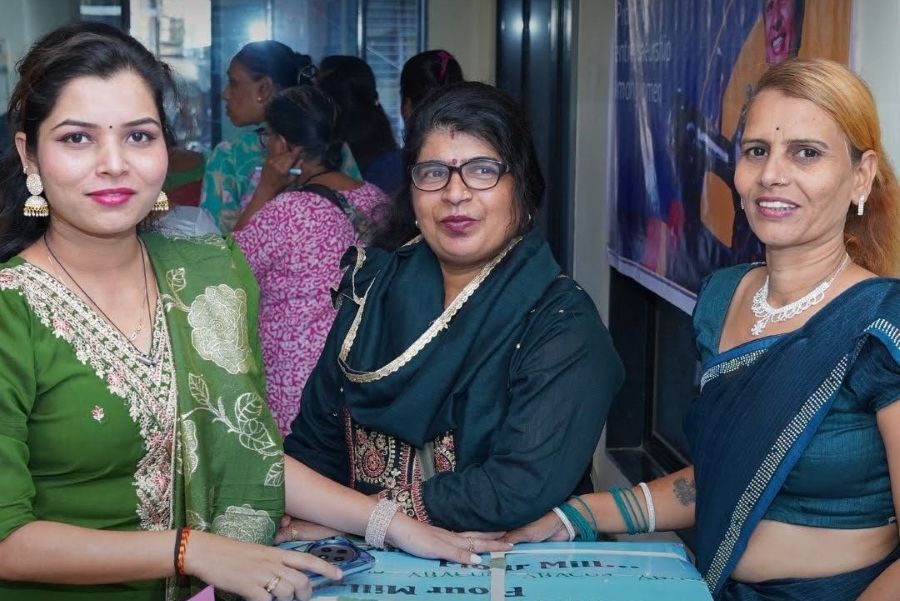
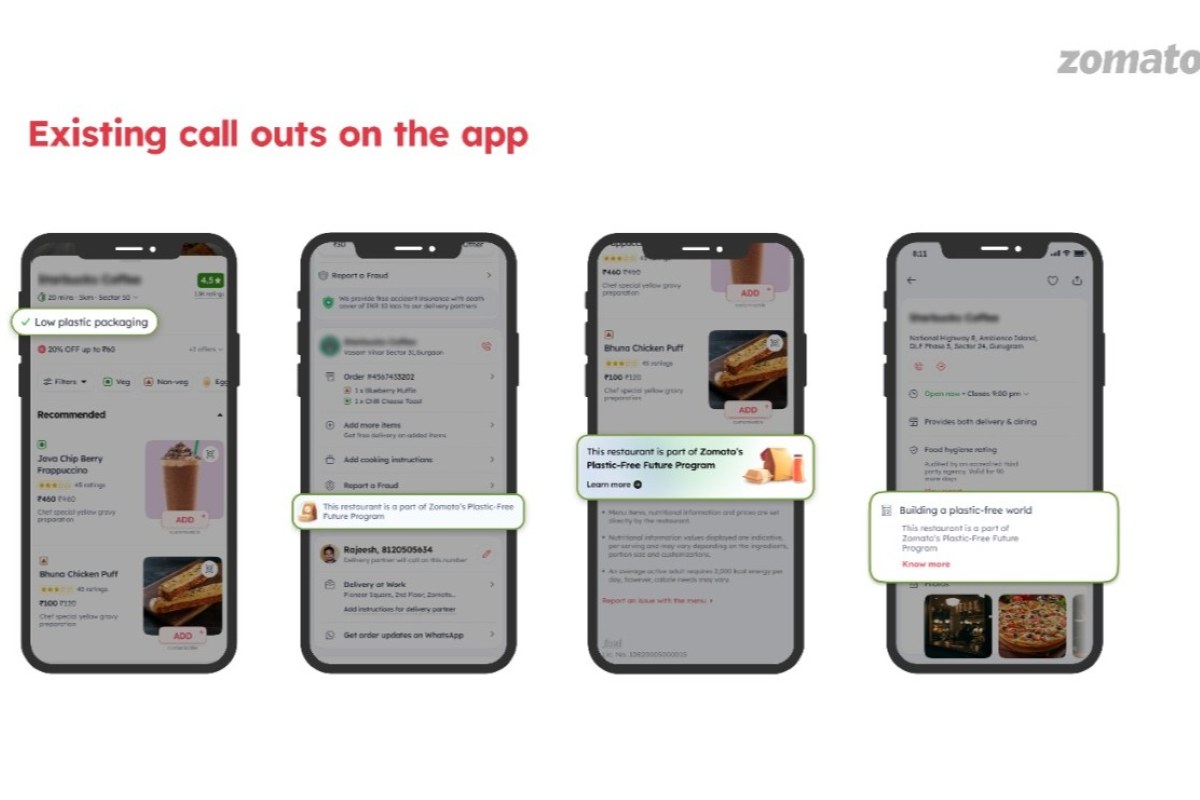
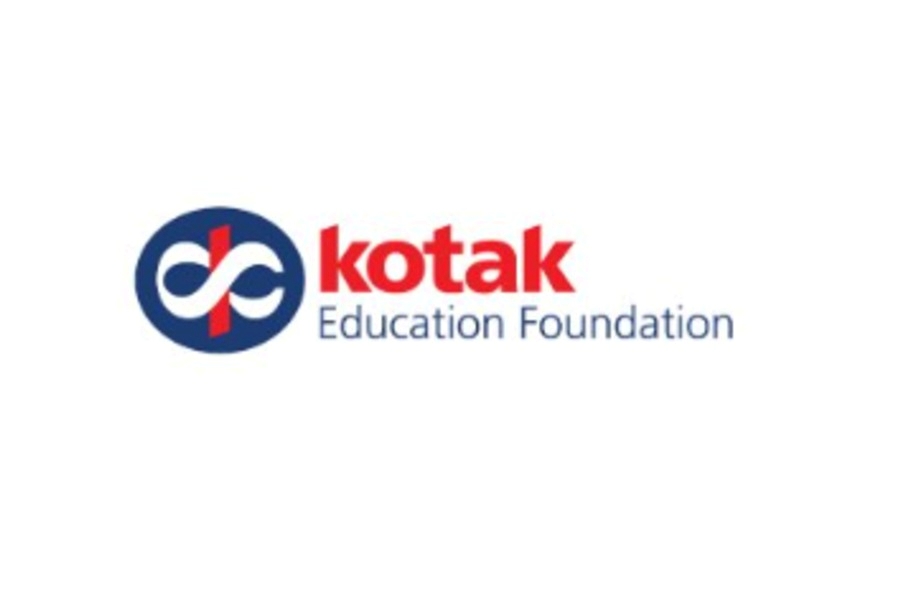



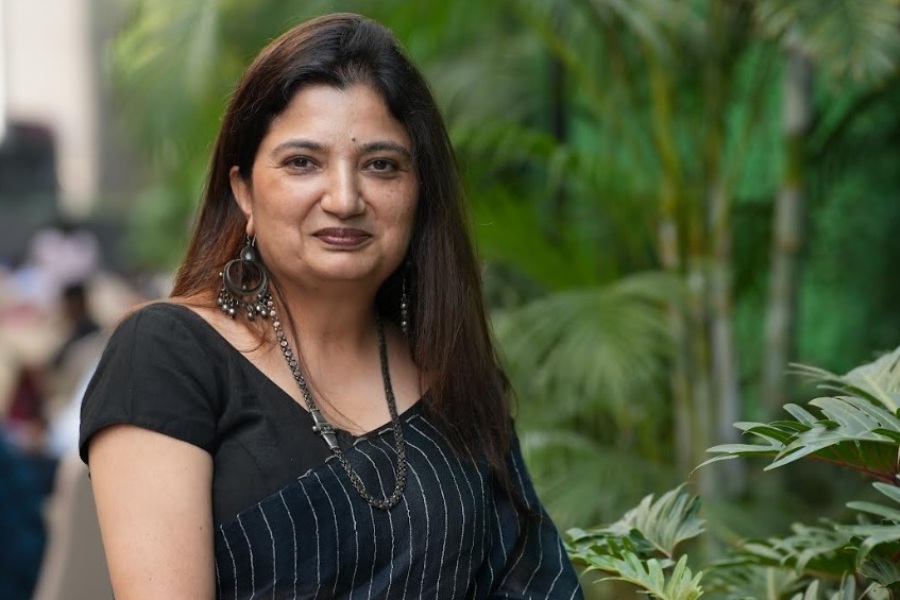
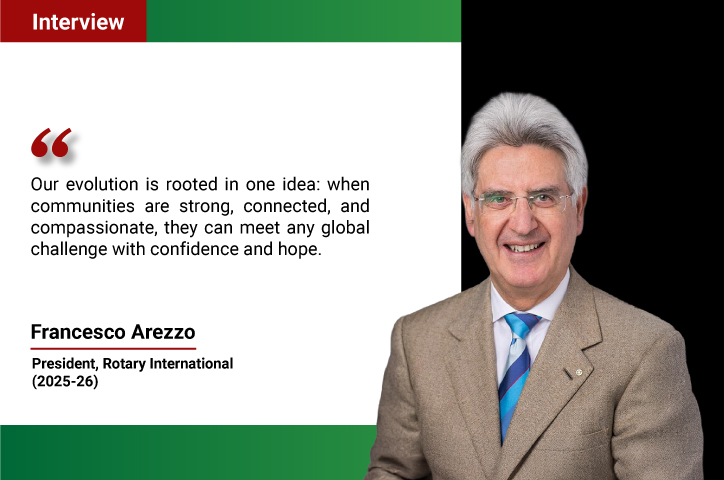

.jpg)




